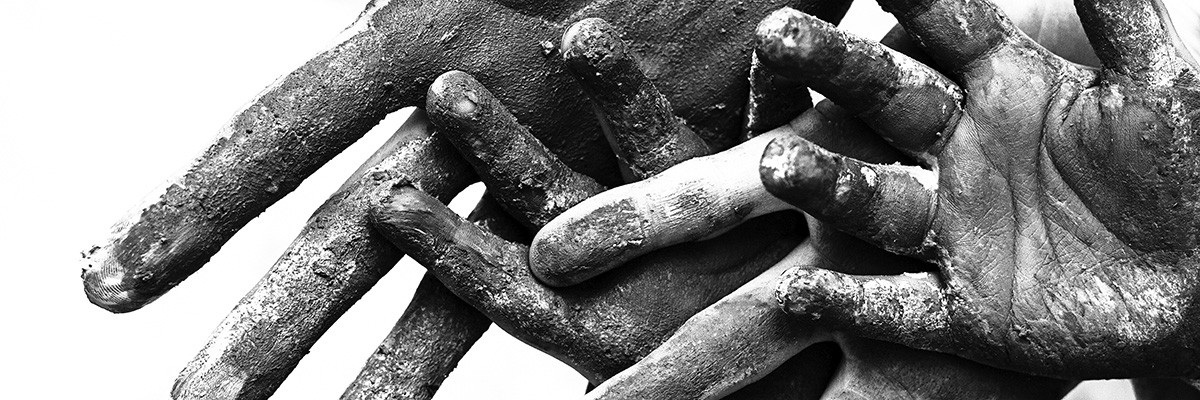
Authors
-
France Bourgouin
Former Manager, BSR
France Bourgouin, Manager, Advisory Services, BSR
If your company sources tin, tantalum, and tungsten from the Democratic Republic of the Congo (DRC) and the Great Lakes Region, chances are, children are working in your supply chain. The production of these minerals is predominantly done at artisanal and small-scale mines, where manual labor and rudimentary methods are used to extract, transport, and sell the minerals, which are found in many of our most familiar objects, such as cell phones, televisions, computers, cars, and airplanes. If left unaddressed, child labor presents a significant risk to downstream companies sourcing these minerals.
Given the extent and severity of hazardous working conditions, child labor in mines is categorized as one of the worst forms of child labor. Children are working at all points of the supply chain, from mineral extraction, to processing, to transportation and trading.
Risk management for OECD-compliant companies requires immediate suspension or disengagement from mines where child labor is present. Ironically, such an action can be disastrous and counterproductive, while providing little help to the children working on site. When companies shut these mines out of their supply chains, it places the livelihoods of many thousands of artisanal and small-scale miners in jeopardy. These same miners are currently selling minerals certified as “conflict free” by the iTSCi system, a bag-tagging system implemented in Katanga.
At the recent OECD forum on Responsible Mineral Supply Chains in Paris, BSR joined the ILO, Pact, and Assodip, a nonprofit organization focused on human rights in the DRC, in a panel discussion about how business can help develop solutions to child labor.
Due diligence must always come first. Existing company policies should not be narrowly focused on sourcing minerals that are “conflict free,” but, rather, should be focused on sourcing minerals that are produced in environmentally and socially sustainable conditions and should include explicit reference to child labor due diligence.
When companies find child labor in their minerals supply chain, transparency is critical—and that means immediately informing governments and suppliers, and urging them to take measures to end child labor in mining.
To address the root of the issue—the complex economic and societal conditions that lead these miners to allow their children to work in the mines—companies must take collective action. In cooperation with government authorities and civil society, companies can support projects that improve access to education, provide vocational training, and support other livelihood alternatives to keep children out of the mines. Companies can do this by joining OECD’s child labor working group or by becoming a member of iTSCi to work with industry partners on developing solutions that will have a real impact at mine sites.
In partnership with Pact, BSR is planning to launch an initiative that will support company collaboration, provide examples of best practices for industry solutions, and outline steps companies can take on child labor due diligence. We also plan to take action at the mine-site level to reduce the use of child labor in tin, tantalum, and tungsten supply chains.
Let’s talk about how BSR can help you to transform your business and achieve your sustainability goals.